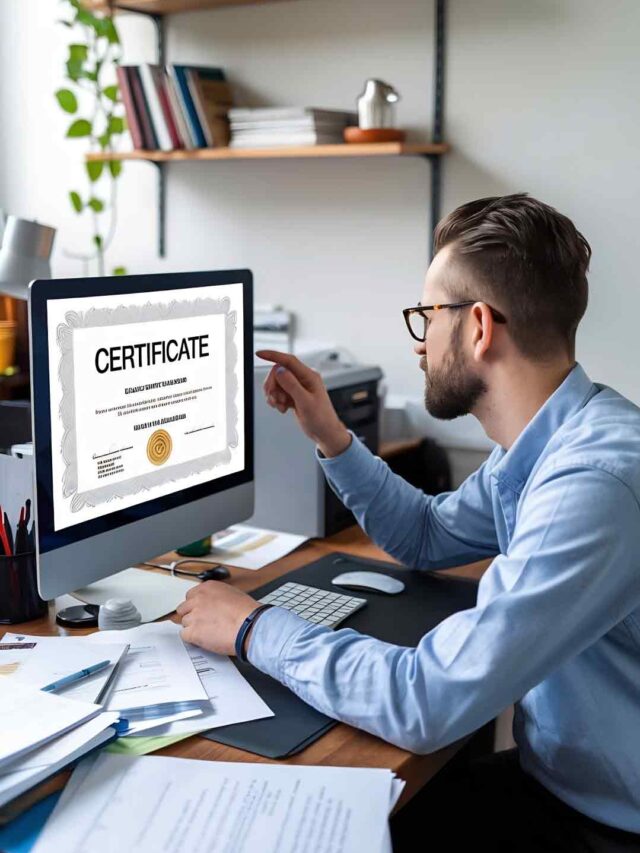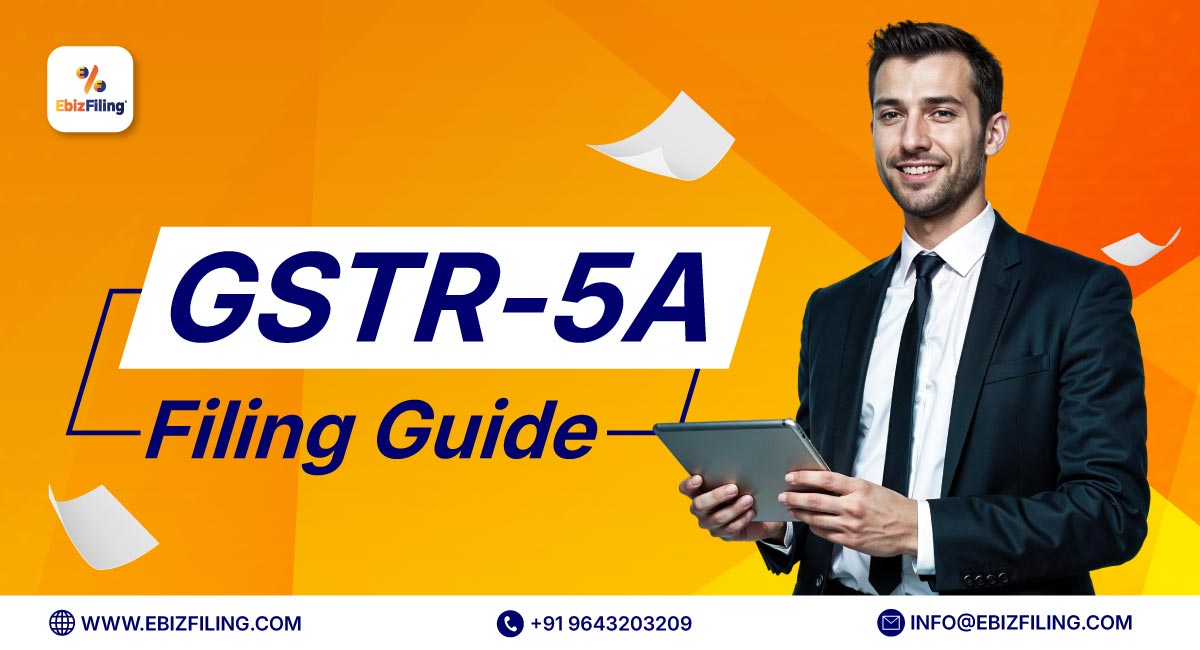
-
October 14, 2024
GSTR 2A Reconciliation and Why it Could be Important Right Now
Introduction
Let’s be real, no one enjoys doing GSTR 2A reconciliation. It’s a tedious process that takes hours and demands a solid understanding of Input Tax Credit (ITC) and return filing. In this article, we explore why staying on top of GSTR 2A reconciliation is essential now more than ever.
What is GSTR 2A?
GSTR 2A is an auto-generated statement in the GST portal that provides a summary of a business’s monthly purchases. It updates dynamically as suppliers file their GSTR 1. This form shows inward supplies and helps businesses verify their eligible Input Tax Credit (ITC) by matching purchase records with supplier data. Although read-only, it is vital for ensuring accurate ITC claims and GST compliance.
Why GSTR 2A reconciliation is important
1. Rule 36(4) and Its Tightened Restrictions
When Rule 36(4) was initially introduced, it capped the ITC claims based on GSTR-2A entries to 110%. In recent updates, this cap has been reduced to 100% starting from January 2022. Now, you can only claim ITC that matches the data in GSTR 2A or GSTR 2B, making reconciliation a must-do task every month.
What’s the impact of Rule 36(4) now?
Imagine your business purchases goods worth ₹1,00,000 with an ITC of ₹18,000. Ideally, you’d claim the full ₹18,000 in GSTR 3B. If your GSTR 2A shows purchases of only ₹80,000, the ITC is ₹14,400 because some suppliers haven’t filed GSTR 1 on time under the updated Rule 36(4). You can only claim ₹14,400 in ITC, which is exactly what’s reflected in GSTR 2A or GSTR 2B. This may require additional working capital to cover any tax liability shortfall until your suppliers update their filings.
Without regular reconciliation, these discrepancies will pile up, and when audits for FY 2022-23 start, the consequences could be severe — from tax penalties to increased financial strain due to unpaid liabilities and accruing interest.
Remedies to avoid Rule 36(4)
-
Request timely GSTR 1 filing from suppliers: Make it part of your supplier contract to send a copy of their GSTR 1 filing each month.
-
Perform monthly reconciliations: Ensure your purchase ledger aligns with GSTR 2A or GSTR 2B to avoid any surprises at tax filing time.
Be diligent with your GSTR 1 filing: Any delay or error on your part could frustrate your clients, as they may be unable to claim ITC, potentially risking business relationships.
2. GST Scrutiny Notices are on the Rise
The GST department has increased its scrutiny and audits, particularly for previous fiscal years. Since late 2023, there has been a rise in notices under Section 61 due to discrepancies in GSTR 9 filings for FY 2020-21 and 2021-22.
One of the most frequent queries in these notices is about GSTR 2A reconciliation. The department examines whether your ITC claims in GSTR 3B align with the entries in GST return 2A.
Here are two common scenarios:
-
ITC in GSTR 2A > ITC in GSTR 3B: If GSTR 2A shows more ITC than you’ve claimed in GST 3B, the GST department may assume that you’re purchasing goods or services that aren’t being disclosed. They might even demand additional tax on assumed “undisclosed supplies.”
-
ITC in GSTR 2A < ITC in GSTR 3B: In this case, the department may claim you’ve taken excess ITC. If discrepancies exist, they might demand repayment of the excess ITC with interest, which could severely impact your cash flow.
To avoid issues with these notices, it’s critical to have a well-documented, reconciled GSTR 2A and GSTR 3B ready to defend your ITC claims.
3. Refund Claimants Need to Be Extra Cautious
Taxpayers seeking refunds, especially exporters and those with zero-rated supplies, must ensure accurate GSTR 2A data. To claim a refund on ITC for inward supplies, businesses need to show matching entries in GSTR 2A or GSTR 2B.
Inaccurate records can cause refund delays or rejections. Proper reconciliation ensures all purchases are correctly reflected, allowing businesses to follow up with suppliers and strengthen their refund claims.
New Tools and Automation for GSTR 2A Reconciliation
The good news is that there are several new tools and software solutions available to automate much of the GSTR 2A reconciliation process. These tools can help you identify mismatches between your purchase ledger and GSTR 2A, and some even alert you when suppliers haven’t filed their returns on time.
If manual reconciliation feels overwhelming or impractical for your business, consider hiring a GST consultant or incorporating GSTR 2A reconciliation into your current consultant’s scope of work. Many businesses are also transitioning to cloud-based GST compliance platforms to simplify this process.
Conclusion
With the recent tightening of rules under Rule 36(4) and an uptick in GST scrutiny notices, staying on top of GST return 2A reconciliation is more important than ever. Regularly reconciling GSTR 2A with 3B of will help you avoid penalties, secure timely refunds, and maintain healthy working capital.Planning ahead and integrating reconciliation into your regular accounting processes can save your business from unexpected liabilities and ensure smooth GST compliance.
Read More: Difference between GSTR 2A and GSTR 2B
GST Return
Get your GST return filings done through experts ebizfiling.com
About Ebizfiling -

One thought on “What is GSTR 2A Reconciliation? And Why it is Important?”
Leave a Reply
Reviews
-
EBIZFILING COMPANY IS GOOD. I APPRECIATE THEIR WORK, THEY HAVE BEEN VERY MUCH RESPONSIVE AND RESPONSIBLE, THEIR SERVICE COMES AT AN AFFORDABLE PRICE. TOO GOOD TO BELIEVE. KEEP ROCKING GUYS! GOD BLESS.
-
Thank you Dhwani and team for the excellent service. Your commitment, knowledge of the matter and proactive approach were all very impressive and I am extremely happy with the service. Hope to use the support again in future.
-
We are very grateful to you and your team. Thank you so much for all your efforts.















HI jessie, Glad you found the information useful. In case of any queries, you may write to the team at info@ebizfiling.com.